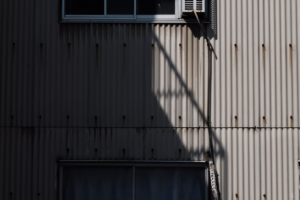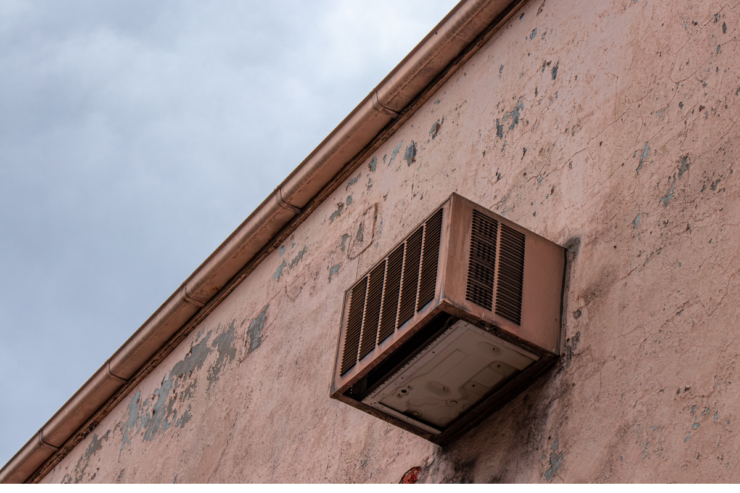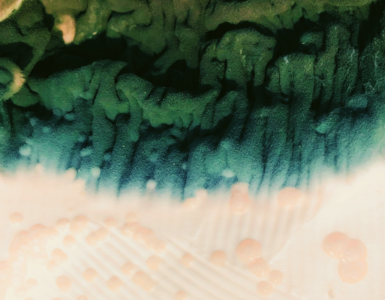Shower, basement, and bathroom mold are usually what comes to mind when homeowners are asked which area of their house is more prone to mold. But did you know that most HVAC systems are also prone to develop mold? In fact, one of the fastest ways to spread mold through the entire house is via a forced-air system.
Every time you turn on your HVAC system, many minute mold spores spread through the air ducts to find a cozy area to land and potentially flourish. You and your family are also inhaling all these mold spores, which can cause a lot of health issues. By the end of this article, you will understand what causes mold, signs of mold in air ducts and how to get rid of it.
What Causes Mold Invasion in the Air Vents and Ducts?
A warm area with high water vapor content is mostly prone to mold accumulation inside the ducts. When cold air goes through the duct system, it can lead to the formation of water vapor. With high water vapor content outside of the system’s environment, the water droplets will no longer evaporate but are gathered. This accumulation forms the most favorable environment for mold growth. Mold generally gets its nutrition from dirt, pollen, dust, dead skin cells that gather over time inside the duct.
Signs of Mold Infestation in the Air Vents and Ducts
There are a few signs of mold infestation inside the HVAC systems, which include:
- A convincing musty or mildew smell in the house.
- You feel dizziness, fatigue, or nausea only when you are home.
- Your eyes, throat, and nose are irritated when you turn on the HVAC.
- You experience allergic symptoms when you turn on your air conditioner, which could include watering eyes and rashes
- The mold growth is visible within the intake vents and around the drip pans and air ducts
- You, your family, or your guest suffers from unexplainable headaches that won’t go away until you step outside.
If you stay in a warm climate and often smell musty, you have the right to suspect a mold invasion within the HVAC. You don’t need to wait for clear signs of mold infestation before taking action. Since you may not be able to clean certain parts of your ductwork, you should seek professional help.
How to Remove Mold from An HVAC System?

It can be challenging to remove mold from HVAC components like ductwork. As such, we do not recommend removing the mold from the HVAC on your own but hire a professional duct cleaning company. That said, if you want to do this on your own, you may want to do the following:
- Before trying to remove any mold in your HVAC system, you need to cover all the air vents.
- Then shut down your HVAC system completely.
- While working on the HVAC system, you need to seal the intake and returns.
- When you reach the spot, start by scrubbing the areas affected by the mold with a light brush or wet rag.
- If you notice water in the system, you can use a vacuum to pull out all water from the system.
- During cleaning, you may want to replace porous components such as fiberglass and insulation ducts if they are affected by mold. It is quite difficult to remove mold from these components. Non-porous components such as metallic ducts are less susceptible to mold, and you can reuse them after proper cleaning.
- While cleaning your HVAC system, it is best to isolate each section of the ductwork by removing the protective covering over each intake and vent as needed. Once you isolate these components, you can start cleaning using a bladder system. This removes any spores that are free and prevents them from re-entering the sir supply.
After cleaning the ductwork, you need to clean the area with a disinfectant made for HVAC mold removal to make sure it never comes back. After cleaning, you can use mold growth inhibitors to prevent mold from growing in your vent and ducts. Without the use of the inhibitors, the mold will most likely come back in the same area within few weeks.
Conclusion
Following these steps, you can bid farewell to the mold in your HVAC air ducts. However, we still believe hiring professionals is the most effective way to removing mold from your duct. However, you can still give this a try. Just ensure to wear protective equipment and only attempt cleaning the mold if its growth is small.







